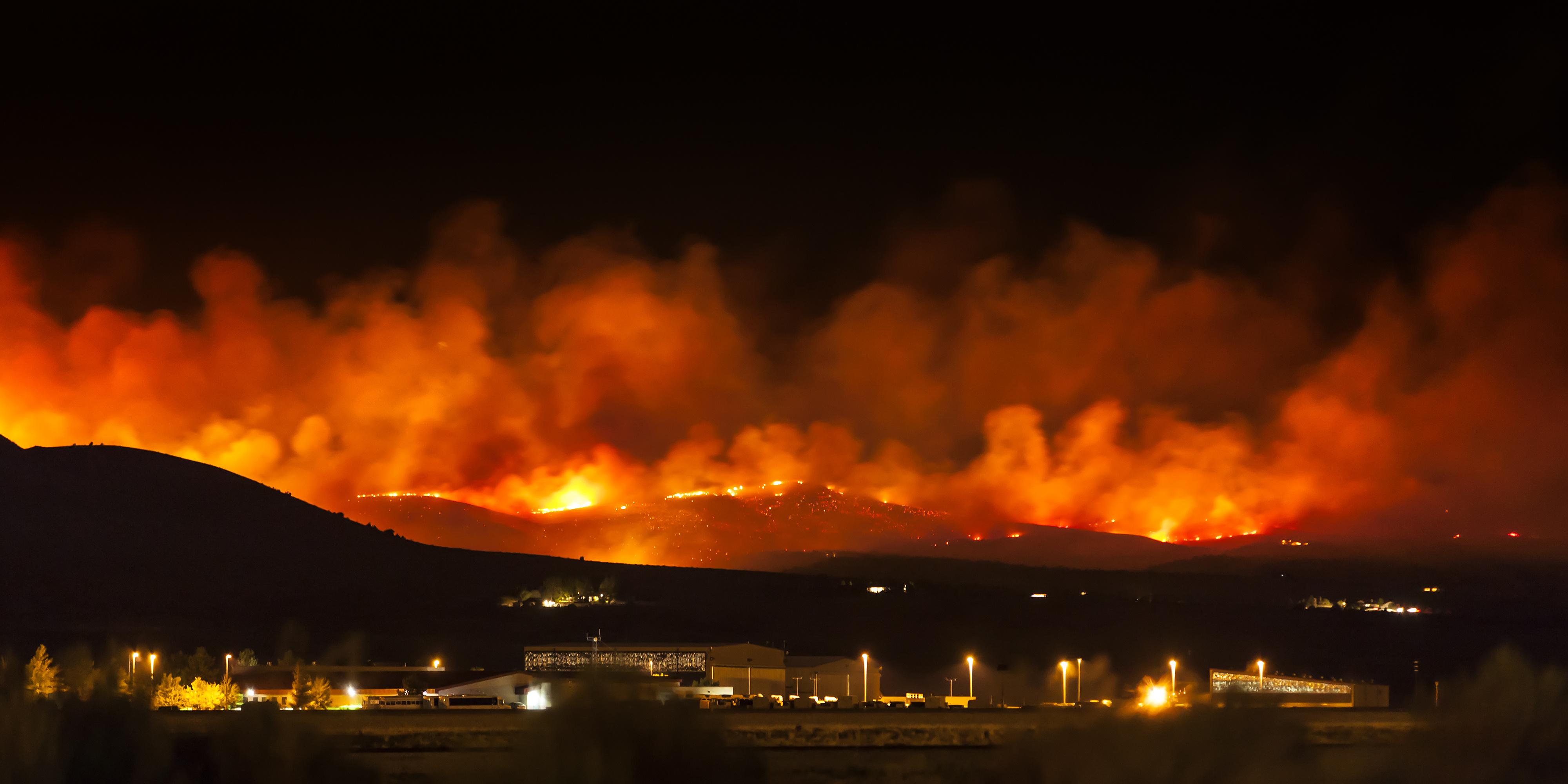Did Global Warming Go on Hiatus for 15 Years?

Photo credit: David McNew / Getty Images
Global warming did not take a pause, a new study confirms. If we look back at the old NOAA records, it shows data prior to 2015 indicated sea temperatures had taken a “hiatus” from warming between 1998 and 2013. However, NOAA later revised its data in a controversial paper by NOAA in 2015, arguing this data was biased.
An independent group of scientists confirmed NOAA’s assessment — sea temperatures continued to rise in this 15 year period. But how could earlier records get it so wrong and why do scientists believe they are right about it now?
When the 2015 NOAA study, “Possible Artifacts of data Biases in the Recent Global Surface Warming Hiatus,” was released, the organization was accused of “cooking the books.” Critics asserted NOAA’s findings contradicted with the U.K.’s Hadley Center record, which showed sea temperatures had not risen between 1998 and 2013. It was, in small part, the controversial nature of this paper which brought Zeke Hausfather and his colleagues from University of California, Berkeley to conduct an independent study into NOAA’s findings, to determine which record was most accurate.
“If the hiatus is real, it might have implications for our understanding of multi-decadal variability or climate sensitivity,” Haufsfather said in an interview with ResearchGate. But this wasn’t the case; sea temperatures have continued to rise.
The differences in the climate record can be explained by the history of the instruments scientists used to monitored the ocean. “Before the mid-1990s almost all our ocean temperature measurements came from ships, mostly through engine room intake valves,” Haufsfather explained to ResearchGate. “Ship measurements can be problematic, as they will be affected by the depth of the hull, the speed of the ship, and other factors that will change over time.”
NOAA had accounted for this inconsistency when it updated the record in 2015, weighing the measurements of thousands of buoys taking sea temperatures in real-time more heavily than data obtained from ships.
“In our study we created three new instrumentally homogenous sea surface temperature records, one using only data from buoys, one using only data from Argo floats, and one using only data from satellite radiometers,” Haufsfather told ResearchGate. These records are all from one type of instrument, and do not require any adjustments for changing instrument types.”
The data obtained from these agree with the 2015 NOAA record that there was no pause in warming and the Hadley record actually shows a cooling bias.
Watch Hausfather explain the method behind the recent Berkeley study and why it confirms NOAA’s findings are sound:





